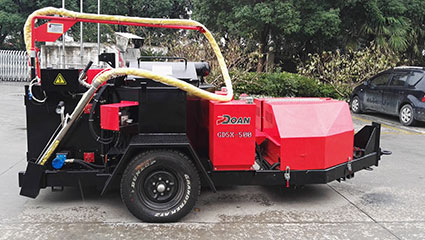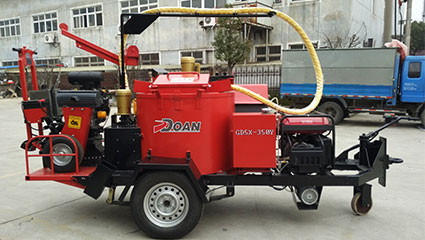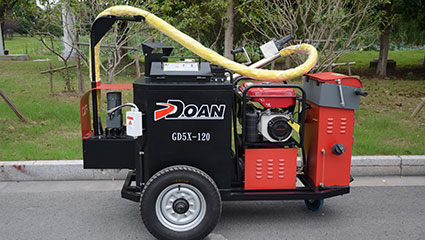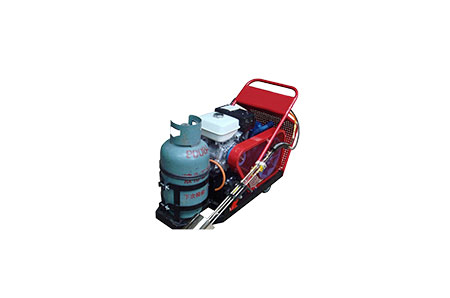Crack routing may sound a little strange. If you want to repair a crack, why would you make a crack bigger before filling it in? Wouldn’t that just make the crack even worse?
Actually, crack routing helps make crack sealing more effective. When crack sealing and filling is done without routing, the sealant usually settles towards the top of the crack and never reaches the bottom. This means that there is still damage present beneath the pavement surface, which can lead to further degradation. By using crack routing and opening up the crack, sealant can reach the bottom of the crack.
As well, crack routing extends the life of pavement. By opening up a crack, a reservoir is created, which allows the sealant to adhere properly and evenly to the side of the crack. During the winter, when temperature changes cause the crack to expand, the reservoir prevents damage from occurring and the sealant remains in place.
When crack sealing is done without crack routing, the sealant often isn’t properly bonded to the sides of the crack. This means that when temperatures drop and pavement starts to shift, the crack can be reopened and water can seep in, causing more damage and requiring another round of repair.
So, when it comes to pavement cracking and asphalt crack sealing, make sure that you are using routing when appropriate. Using this one additional repair method can save you a lot of repairs further down the line.







